As global inflation continues to strain households worldwide, several African nations are standing out for maintaining relatively low living costs. A new mid-year ranking of affordability places Libya at the top of the list of African countries with the lowest cost of living in 2025.
The data, based on independent crowd-sourced information and cost analysis platforms, suggests that Libya, followed closely by Egypt and Madagascar, offers residents the most affordable lifestyle when it comes to basic needs such as housing, food, transport, and healthcare.
Low living expenses are often seen as a strategic advantage. They reduce pressure on household incomes, allowing citizens to enjoy better food, housing, and access to education — ultimately contributing to healthier and more productive societies.
In many of these countries, affordability is also encouraging small business growth, entrepreneurship, and talent retention, as citizens are more likely to stay and build livelihoods in places where their income stretches further. For foreign investors and businesses, lower operating costs and a stable workforce create appealing conditions for investment.
Here is the list of the Top 10 African Countries with the Lowest Cost of Living in Mid-2025, based on available data:
Rank Country Cost of Living Index Global Position
1 Libya 18.6 2nd globally
2 Egypt 19.0 3rd
3 Madagascar 20.7 6th
4 Algeria 24.5 14th
5 Tunisia 25.5 20th
6 Uganda 26.0 23rd
7 Nigeria 26.4 25th
8 Morocco 27.2 29th
9 Kenya 28.2 30th
10 Namibia 29.3 Not listed
In a time when many parts of the world are grappling with steep inflation, the ability of these nations to maintain accessible pricing for daily essentials positions them well for both internal development and global economic engagement.
Economic analysts note that countries with lower costs of living not only improve the well-being of their populations but also create environments conducive to growth, employment, and innovation. In these economies, startups flourish, and workers often enjoy better quality of life with modest earnings.
As the second half of 2025 unfolds, it remains to be seen how these countries will balance affordability with the pressures of economic growth, urbanization, and external market forces. But for now, they serve as compelling examples of how affordability can be a driver of resilience.



